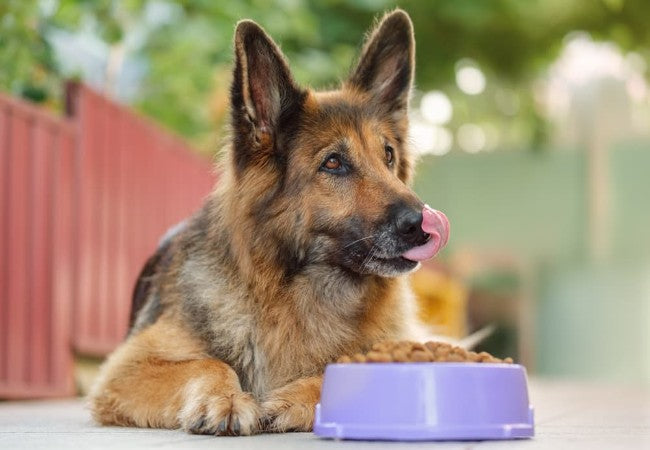Appetite Stimulants for Dogs in 2025: Vet Backed Guide to Boost Eating🐾

In this article
Appetite Stimulants for Dogs in 2025: Vet Backed Guide to Boost Eating🐾
By Dr. Duncan Houston BVSc
🔍 Why Dogs Lose Their Appetite
Appetite loss (“inappetence”) is often a sign of underlying illness—dental pain, GI upset, infection, anxiety, cancer, or side effects from meds like chemo or pain relievers. Identifying and addressing the root cause is essential before using stimulants.
🍲 Non‑Medication Appetite Boosters
- Food toppers: Warm, plain boiled chicken, broth, canned food, cottage cheese, or yogurt enhance palatability.
- Warm meals: Heating food gently increases aroma appeal—just test before serving.
- Hand feeding or varied textures: Engagement and variety help coax eating.
- Acupuncture: Has shown benefits in pets with nausea or chronic disease.
💊 Prescription Appetite Stimulants
-
Capromorelin (Entyce®): A ghrelin-receptor agonist that initiates hunger centrally; effective within 1–2 hours and approved for dogs.
Common side effects include mild vomiting, drooling, diarrhea, and increased thirst. - Mirtazapine: Used off-label to boost appetite and reduce nausea; noted side effect of weight gain. Dosing requires caution in liver/kidney disease.
- Cyproheptadine: Antihistamine that increases appetite by serotonin blockade; mainly used in cats, occasionally in dogs.
- Prednisone/Megestrol acetate: Used short-term to stimulate appetite but carry risks like steroid side effects.
- Maropitant (Cerenia®): Primarily an anti-nausea drug; by reducing nausea, it may indirectly improve appetite.
🌿 Natural & OTC Support Options
- High-calorie gels: Products like Nutri‑Cal offer nutrients and slight appetite boost.
- B‑vitamin supplements: May support general appetite and energy.
- Herbal blends: Traditional formulas (e.g., “Eat”) may encourage digestion and feeding—but effects vary.
- CBD: Despite popularity, evidence for improved appetite remains weak and inconsistent.
🛠️ Safe Use & Veterinary Monitoring
- Diagnose first: Always rule out underlying issues—vets usually run exams, bloodwork, imaging.
- Dosing matters: Prescription stimulants need vet dosage—e.g., Entyce at 3 mg/kg daily; mirtazapine at 3.75–30 mg depending on weight.
- Watch for side effects: Vomiting, diarrhea, sedation—contact your vet if persistent.
- Track progress: Keep food logs and body weight records; adjust plan as needed.
🧸 How Ask A Vet,
- 🩺 Ask A Vet: Personalized treatment guidance, ingredient safety reviews, and follow-up advice.
📊 Comparison Table: Appetite Stimuli Options
| Approach | Use Case | Onset | Risks |
|---|---|---|---|
| Food topper / warm food | Minor picky eating | Immediate | Low |
| Nutri‑Cal gel | Underweight, recovering | 1–2 days | Minimal |
| Entyce® (capromorelin) | Acute inappetence, chronic illness | 1–2 hrs | GI upset, drooling |
| Mirtazapine | Nausea, appetite loss | 4–8 hrs | Lethargy, serotonin syndrome (rare) |
| Cyproheptadine | Long-term appetite support | Hours–days | Sedation, anticholinergic effects |
| Maropitant | Nausea-related loss | 2–4 hrs | Minimal |
🎯 Final Takeaway
Combining warm food, toppers, nutritional gels, and vet-prescribed stimulants can help dogs regain appetite safely. Start with underlying diagnosis, use gentle support first, and escalate to medications like Entyce® or mirtazapine under veterinary guidance. can further support recovery—while Ask A Vet offers personalized care planning to ensure your dog gets both nutrition and comfort back 🐶❤️.
— Dr Duncan Houston, BVSc
Need help tailoring an appetite support plan? Visit AskAVet.com or download the Ask A Vet app for expert advice anytime.






